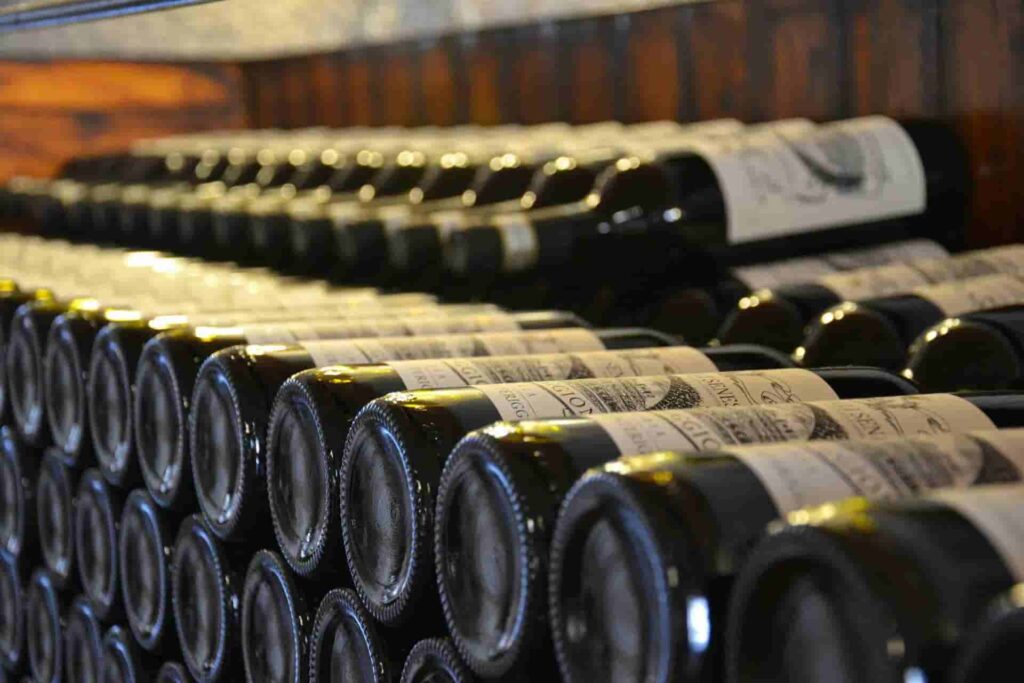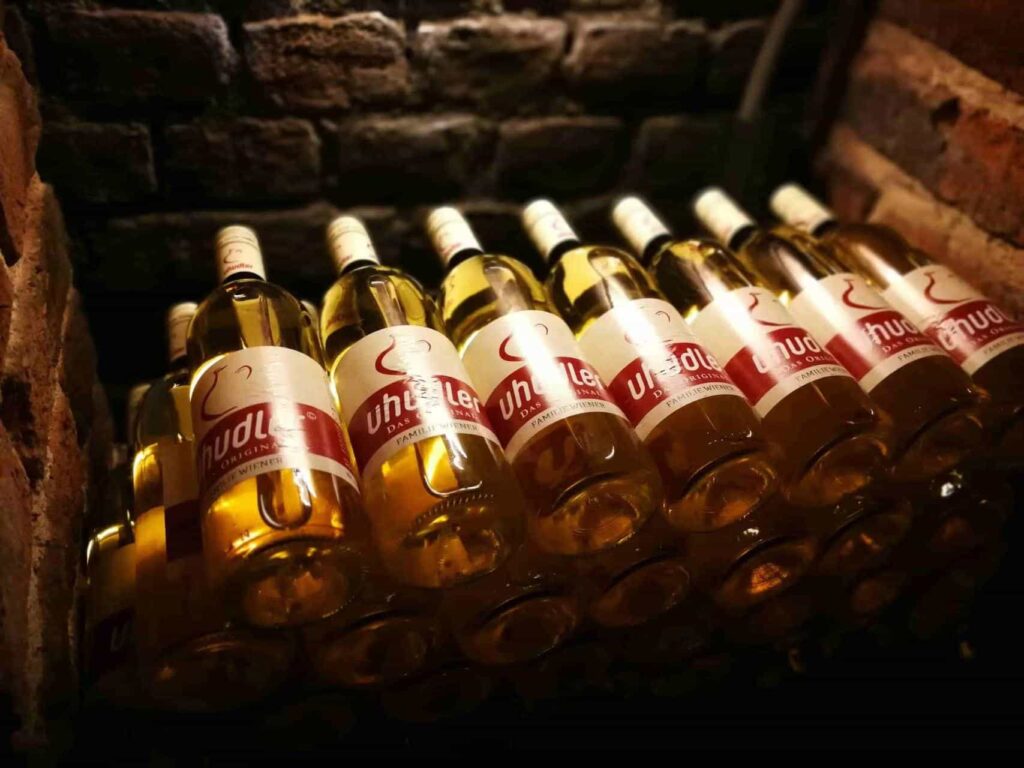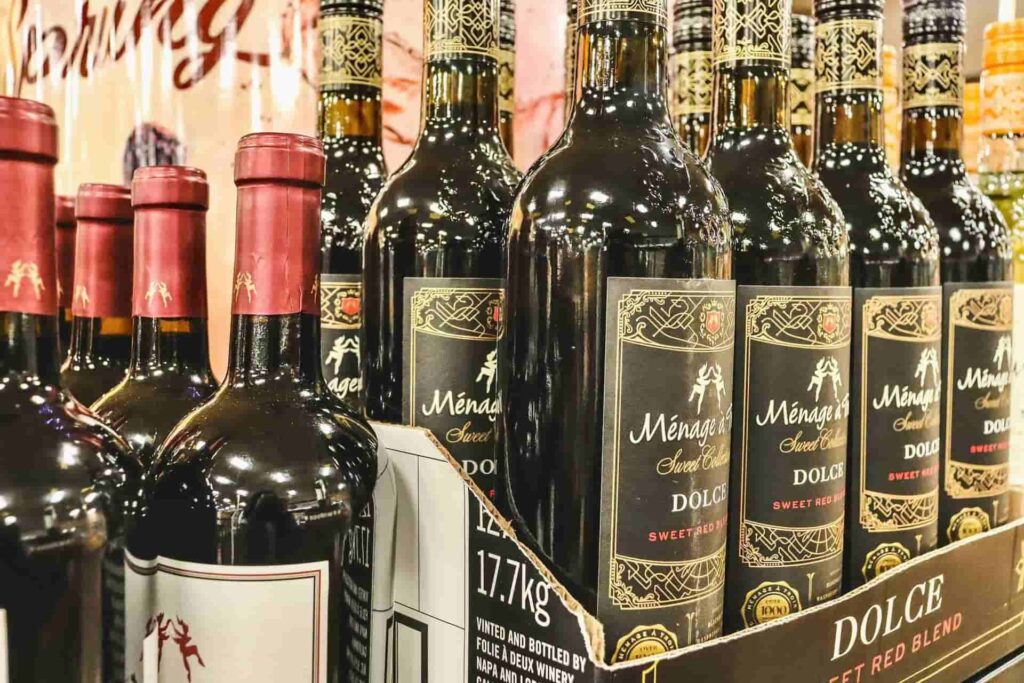Navigating the competitive landscape of wine marketing demands a standout wine advertisement strategy to attract both brand owners and wine enthusiasts. The creation of compelling wine ads hinges on a harmonious mix of creativity, strategic planning, and profound audience insights. Presented here are eight best practices for advertising wine with impact, designed to ensure your wine ad campaigns connect deeply with your intended audience and deliver substantial outcomes.
Table of Contents
ToggleCONTENTS LIST

Tip 1: Understand Your Audience
Know Your Drinkers
Before embarking on the journey of wine advertising, gaining a deep understanding of your target demographic is paramount. This comprehension goes beyond mere age brackets. It’s about grasping their lifestyle choices, preferences, and even their values. Are your potential customer’s millennials or Gen Zers who prioritize sustainability and ethical production methods? Or are they baby boomers or Gen Xers who value tradition, quality, and the stories behind each bottle? Identifying these nuances enables you to craft wine advertising ideas that resonate on a personal level, significantly enhancing engagement and conversion rates.
Moreover, consider the emerging trends within these demographics. For instance, younger generations might be drawn to innovative packaging or limited-edition releases, while older audiences may appreciate a focus on legacy and craftsmanship. Leveraging data analytics and market research can provide invaluable insights into these preferences, allowing for a more targeted and effective wine advertising strategy. By aligning your messaging with the specific interests and values of your audience, you create a more compelling and relatable brand narrative that not only captivates but also convinces your audience to take action.
Tip 2: Emphasize Storytelling
Share Your Vineyard's Journey
In wine advertising, storytelling is key. It’s about your vineyard’s legacy, and the passion in each bottle. Share stories of your vineyard’s start and its winemaking evolution. These stories forge emotional connections.
Describe your vineyard vividly. Mention the morning dew on grapes, the nurturing sun, and the careful harvest. These details make your story authentic, engaging your audience deeply.
Add testimonials. Let visitors share their experiences. Highlight your commitment to quality and sustainability. Incorporate videos or audio to enhance the experience, making your wine’s journey come alive.
Storytelling isn’t just selling; it’s inviting people into your world. It’s about romance, tradition, and dedication. This strategy sets your brand apart, building lasting connections and turning buyers into advocates.
Tip 3: Leverage Social Media
Connect and Engage
Social media is a powerhouse for wine advertising. It connects you directly with enthusiasts, offering instant feedback. High-quality visuals, hashtags, and interactive content are key. They keep your audience hooked and spread your wine’s story.
Use striking images and videos to showcase your wines. Hashtags increase your reach, connecting you with wine lovers worldwide. Interactive posts, like polls and quizzes, boost engagement, making followers feel involved.
Embrace user-generated content. Encourage customers to post their wine experiences. This adds authenticity and broadens your content. It also shows real people enjoying your wines, which boosts trust.
Consider influencers too. Partnering with wine bloggers or lifestyle influencers can get your brand in front of new eyes. Choose those who share your values for a natural fit.
Social media, when used well, turns followers into a community. It’s about more than ads. It’s building relationships. Engage actively, share passionately, and watch your wine brand thrive.
Tip 4: Focus on Visual Appeal
Captivate with Imagery
Visuals are crucial in wine ads. They grab attention and tell your story. High-quality images of your bottles, the lush vineyard, and lively tasting events draw people in. These visuals give a glimpse of the experience you offer, from the serene beauty of the vineyard to the excitement of discovery at tastings.
Add charts or infographics to break down complex information. They can illustrate the wine’s flavor profile or detail the winemaking process. This not only educates your audience but does so in an engaging way. Visuals like these make your brand memorable and approachable.
Think about using video too. A short clip showcasing the journey from grape to bottle can fascinate viewers. It’s a powerful way to convey the craftsmanship and passion behind your wine.
Remember, every image or graphic should reflect your brand’s essence. Choose visuals that resonate with your story and values. They should invite potential customers into your world, making them feel a part of your community before they’ve even tasted your wine.

Tip 5: Highlight Unique Selling Points
Stand Out from the Crowd
To truly stand out, pinpoint what sets your wine apart. Is it a rare grape, a cutting-edge production method, or eco-friendly practices? Your ads need to spotlight these distinct features. They’re not just selling points; they’re stories that connect with your audience on a deeper level.
Consider your wine’s journey. Maybe it’s handpicked from a single vineyard, aged using traditional methods, or produced in limited batches for exceptional quality. Emphasize these details. They add character and authenticity, traits that resonate with today’s wine lovers.
Sustainability is a powerful draw. If your winery prioritizes green practices, share this commitment. From organic vineyard management to renewable energy in production, these efforts reflect values that matter to your customers.
Use visuals and storytelling to weave these unique aspects into a narrative that captivates. Let your audience see, feel, and understand what makes your wine special. This approach doesn’t just make your brand memorable—it makes it a choice that aligns with your audience’s beliefs and preferences, setting you apart in a crowded market.
Tip 6: Use Testimonials and Reviews
Build Trust Through Others' Words
Building trust is key, and what better way than through the words of others? Positive reviews and testimonials work wonders in wine advertising. They’re not just feedback; they’re endorsements, offering proof of your wine’s quality and appeal.
Highlight these testimonials in your ads. Whether it’s praise from a renowned wine critic, a shoutout by a well-known influencer, or glowing feedback from a happy customer, each review adds credibility. These voices amplify your brand’s reputation, convincing new customers to take the leap.
Don’t stop at just including these reviews; tell the stories behind them. Share how a particular vintage impressed a sommelier or how a casual drinker discovered their new favorite wine through your brand. These narratives make the endorsements relatable, enhancing their impact.
Make it visual. Feature video testimonials or create eye-catching graphics with quotes. Visuals grab attention and make the message memorable.
Leverage social media to spread these testimonials further. Share user-generated content, tag the reviewers, and express gratitude. This not only extends your reach but also fosters a community around your brand, built on trust and shared experiences.
Tip 7: Optimize for Mobile
Reach Them on the Go
In today’s fast-paced world, mobile is king. Consumers are constantly on the move, relying on their smartphones for information. This makes mobile optimization crucial for your wine ads. A mobile-friendly approach ensures your message reaches them wherever they are, whether they’re commuting, at a restaurant, or shopping.
Focus on responsive design. Your ads should look great and function seamlessly across all devices. This adaptability improves user experience, keeping potential customers engaged with your content.
Speed is also vital. Ensure your ads and linked pages load quickly on mobile. Slow loading times can frustrate users and drive them away. Optimize images and streamline code to keep everything running smoothly.
Navigation should be intuitive. Simplify menus and touchpoints for easy browsing. Remember, thumbs do the walking on mobile, so design with touch interaction in mind.
Incorporating features like swipeable galleries or interactive elements can also enhance engagement, making your ads not just seen but interacted with.
By prioritizing mobile-friendly design, fast loading times, and user-friendly navigation, you’ll maximize the reach and impact of your wine advertising efforts, catching consumers in their moment and making a lasting impression.
Tip 8: Measure and Adjust
Refine for Success
Perfecting your wine advertising strategy is a continuous process of adaptation and learning. Embrace analytics as your guide. By closely monitoring how your ads perform, you’ll uncover invaluable insights into what truly captivates your audience. This data sheds light on the visuals, messages, and formats that generate the most engagement and conversions.
Don’t just collect this data; act on it. If a particular type of imagery or storytelling technique consistently outperforms others, make it a staple of your campaigns. Conversely, if something doesn’t resonate as expected, be prepared to pivot. This iterative approach allows you to refine your messaging, targeting, and overall strategy to better align with your audience’s preferences and behaviors.
Remember, the goal is not just to sell wine but to connect with and expand your community of enthusiasts and loyal customers. This requires not only understanding what they want to see but also anticipating their needs and preferences. By staying flexible and responsive to analytics, you ensure your wine advertising campaigns remain fresh, relevant, and, most importantly, effective in a constantly evolving market.

Refining Success with Analytics and Bespoke Bottles
In conclusion, mastering the art of wine advertising is a dynamic journey that blends creativity, strategic analysis, and a deep understanding of your target audience. Embracing the power of storytelling, engaging visuals, and the authenticity of customer testimonials will set your brand apart in a crowded market. Leveraging social media and mobile optimization ensures your message reaches and resonates with wine enthusiasts wherever they are. Crucially, the cycle of monitoring, learning, and adapting based on analytics cannot be overlooked—it’s the compass that guides your advertising efforts toward success.
Adding a unique twist, consider the role of bespoke wine bottles from Smilebottles in elevating your brand’s presence. Custom-designed bottles not only capture the essence of your wine but also serve as a visual extension of your brand’s story and values. This personalized touch can significantly enhance the consumer’s experience, making your product stand out on the shelf and in the minds of your audience. As you refine your wine advertising strategies, integrating such distinctive elements will further distinguish your offerings, creating a memorable brand experience that attracts and retains discerning wine lovers.










